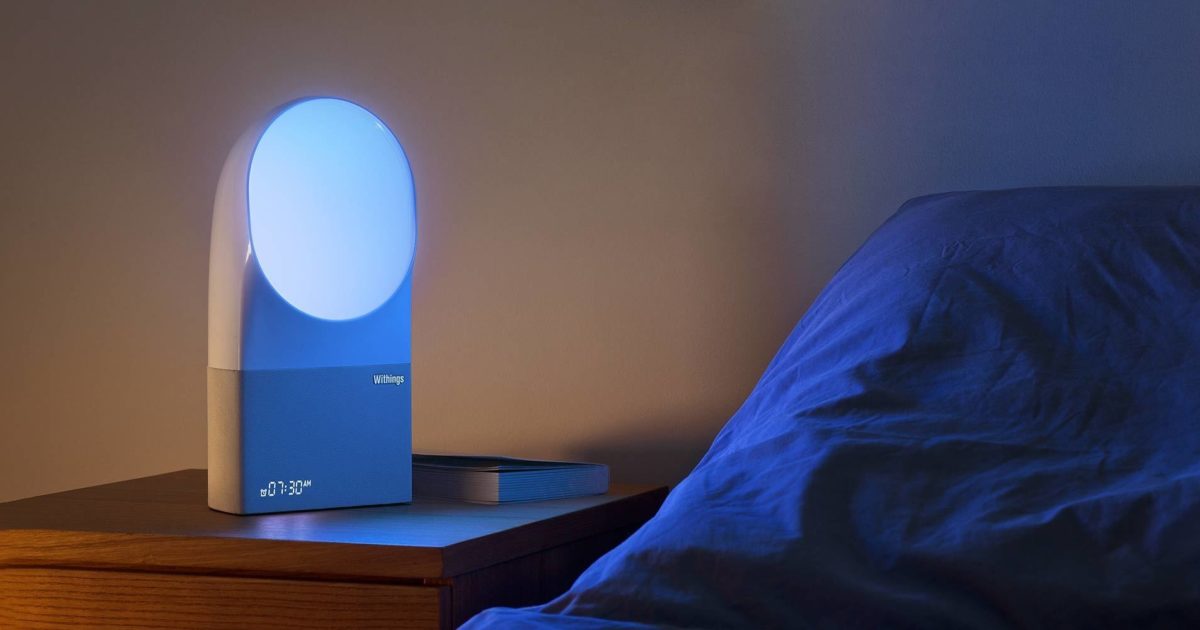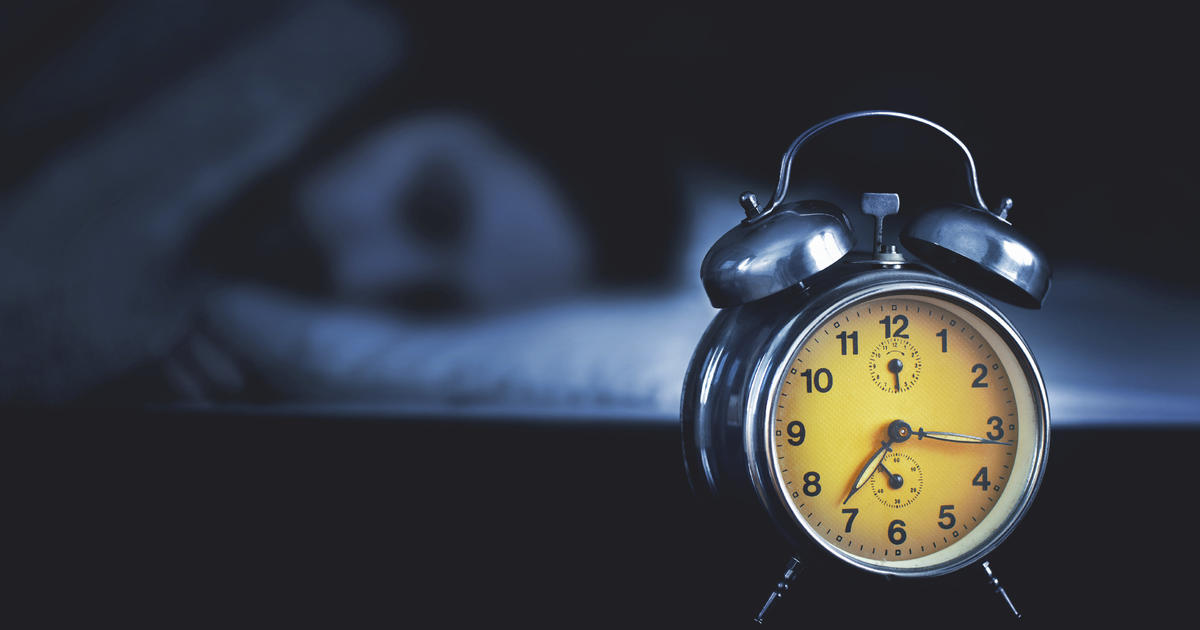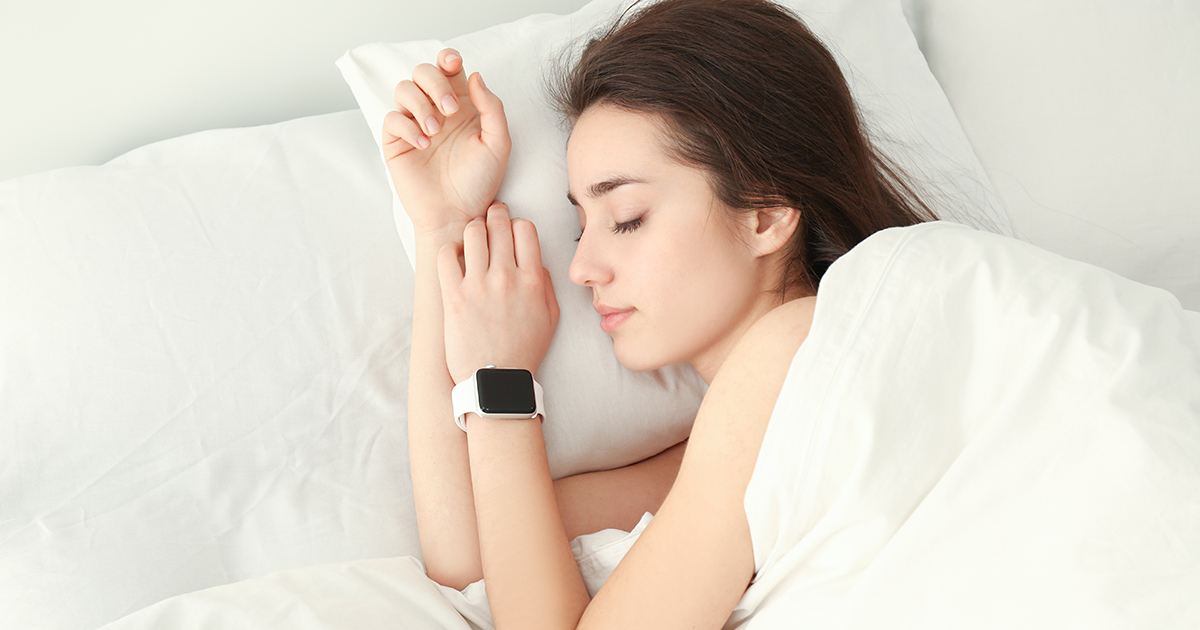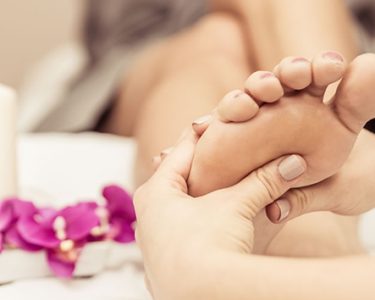Exploring the profound impact of on sleep quality and patterns, from screen time to sleep-tracking devices, shaping our nocturnal habits in the digital age.
1.Disrupt Effects: How Technology Alters Sleep Patterns
Unveiling the disruptive effects of technology on sleep patterns, including blue light exposure, digital distractions, and the temptation of late-night scrolling that can hinder restful sleep.
2. Blue Light Exposure: A Double-Edged Sword for Sleep
Examining the role of blue light emitted by screens in disrupting circadian rhythms, suppressing melatonin production, and causing sleep disturbances that affect the quality of rest.
3. Digital Distractions and Bedtime Habits: Impact on Sleep Quality
Investigating the impact of digital distractions on bedtime routines, such as checking emails, social media scrolling, and binge-watching, leading to delayed sleep onset and fragmented slumber.
4. Sleep-Tracking Technology: Monitoring and Optimizing Sleep Patterns
Exploring the benefits of sleep-tracking technology in monitoring sleep duration, quality, and patterns, empowering individuals to identify sleep trends and make informed adjustments for better rest.

5. Virtual Insomnia: Technology’s Role in Sleep Disorders
Uncovering the phenomenon of virtual insomnia, where excessive screen time, information overload, and constant connectivity contribute to sleep disorders like insomnia and disrupted sleep-wake cycles.
6. Sleep Apps and Relaxation Techniques: Harnessing Technology for Better Sleep
Discovering the integration of sleep apps and relaxation techniques in leveraging technology for improved sleep hygiene, offering guided meditation, white noise, and sleep tracking features.
7. Wearable Devices and Sleep Monitors: Personalized Sleep Insights
Exploring the use of wearable devices and sleep monitors in gaining personalized sleep insights, tracking sleep stages, analyzing sleep data, and identifying trends for targeted sleep improvements.
8. Tech-Free Zones and Digital Detox: Creating Sleep-Friendly Environments
Embracing tech-free zones and digital detox strategies to create sleep-friendly environments, promoting relaxation, reducing screen time before bed, and fostering a peaceful transition to sleep.
9. Sleep Hygiene and Screen Time: Establishing Healthy Habits
Diving into the importance of sleep hygiene practices, limiting screen time before bed, creating a calming bedtime routine, and optimizing the sleep environment for optimal rest and rejuvenation.

10. Balancing Technology and Sleep Wellness: Cultivating Digital Well-Being
In conclusion, highlighting the necessity of balancing technology use with sleep wellness practices, promoting mindful tech habits, and prioritizing restful sleep for overall health and vitality.




